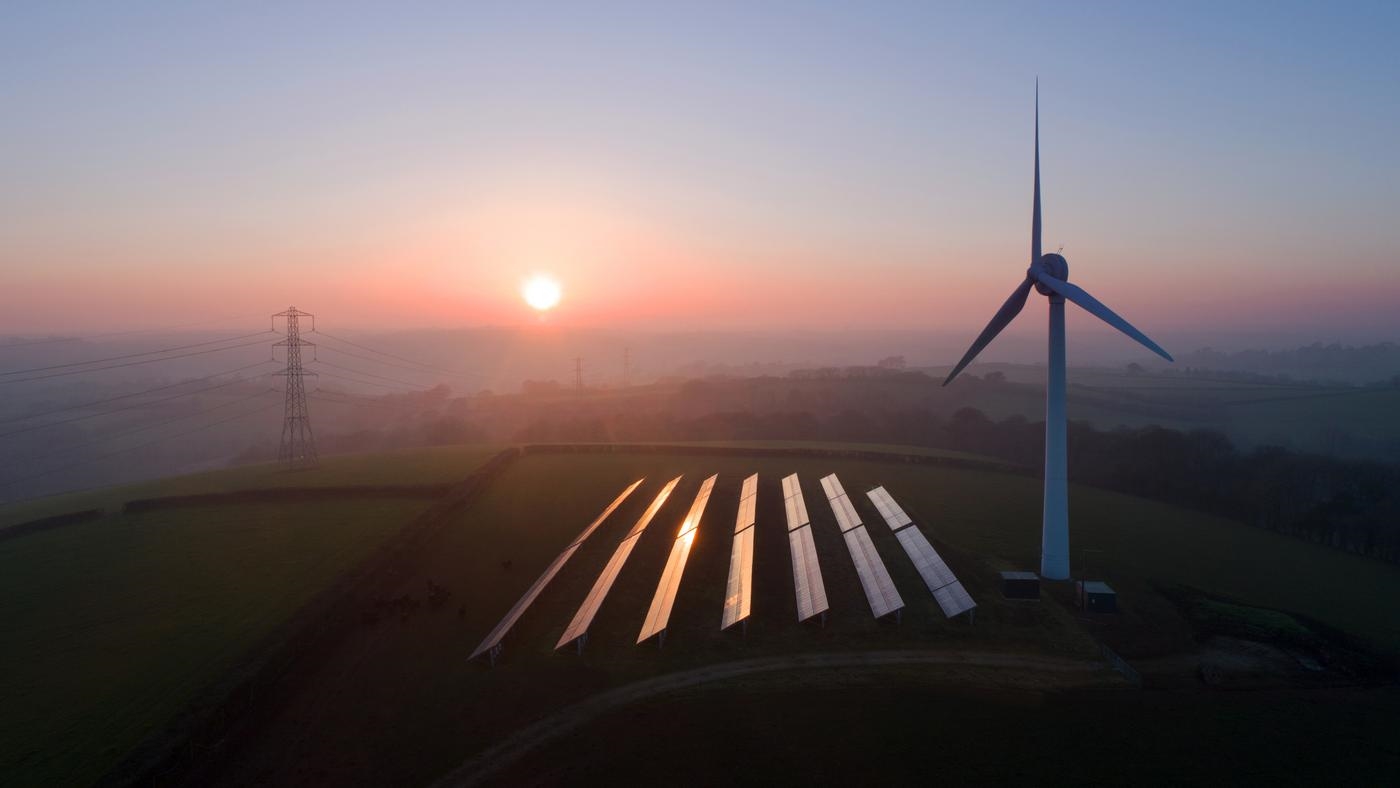Get in touch
-
Mark Thomtonmark.thomton@woodmac.com
+1 630 881 6885 -
Hla Myat Monhla.myatmon@woodmac.com
+65 8533 8860 -
Chris Bobachris.boba@woodmac.com
+44 7408 841129 -
BIG PartnershipWoodMac@BigPartnership.co.uk
UK-based PR agency
In response to news on China's Dalian port restricting seaborne coal imports, Wood Mackenzie's experts provide the following commentary.
Wood Mackenzie senior consultant Yu Zhai said:
"We estimate China's seaborne metallurgical coal imports to reduce by 3 million tonnes (Mt) in 2019 as a result of China's coal import restriction. The high quality of seaborne coal, and difficulties securing alternative coal domestically, should insulate coal exporters from much deeper cuts, despite strong signals from China. Australia would account for most of the volume reduction as it represented over 75% of China's seaborne metallurgical imports in 2018. Australia exported around 36 Mt metallurgical to China last year, makign up 20% of Australia's total exports.
"China's seaborne thermal coal imports is estimated to reduce by 15 Mt in 2019, taking into account the risk of wider coal import restriction. Australia could also be most affected by a similar restriction."
On implications on metallurgical coal, Wood Mackenzie's research director Robin Griffin said:
"A prolonged China-wide ban could have enormous implications for markets in both countries. The possibility of adverse impacts on China suggest a long term ban is unlikely."
Some of the most prominent impacts could include:
- Chinese domestic prices would spike. Prices for low sulphur premium coals in particular would rise as importers scramble to replace Australian coals. We expect that short term replacements will be hard to find domestically. There is a heavy reliance among coastal mills on low sulphur hard coking coals from Luilin County in Shanxi. There are other similar coals in Anze County but these are typically used inside Shanxi by merchant coke makers due to high transport costs to the coast. As an indication of what might happen during an import ban, domestic coking coal futures jumped at the end of January on the news of import controls. Chinese steel makers would ultimately see much costlier coke blends.
- Seaborne prices would decouple from Chinese domestic prices. We expect FOB Australian prices, particularly for premium and 2nd tier HCCs, would come under severe pressure as Australian exporters look to sell excess coal into other markets. The decoupling would be of most benefit to steel makers elsewhere in Asia, and Europe, who would see a fall in coal costs. Australia's competitors in the metallurgical coal trade might see greater opportunities into China, but Canada and the US are already subject to some quality and tariff-related restrictions into China, limiting their potential upside. And of course, lower seaborne prices would offset the benefit of any extra demand from China.
- Mongolian coal imports could rise substantially in order to replace Australian coals. Weaker coals make up the majority of Mongolian exports so in the short term direct replacements for Australian coals would be limited. However, new border crossing technology is being implemented to speed up trucking clearances, which would facilitate higher exports.
- A longer-term ban would force Chinese coastal mills to amend coke blends. There are options for mills to make blend changes, but not without implications. There are two common blends that could be utilised which would result in higher sulphur, higher ash, and lower CSR coke products:
- Use of more high sulphur (1.8% total sulphur) premium HCCs such as Luilin #9, blended with Mongolian 2ndtier HCCs such as the #3 product to produce a tier 1 coke.
- Use of mid-sulphur Shanxi premium HCCs (1-1.3% total sulphur) with low sulphur (0.5% total sulphur) 1/3 coking coals to produce a lower quality, but still a tier 1 coke.





